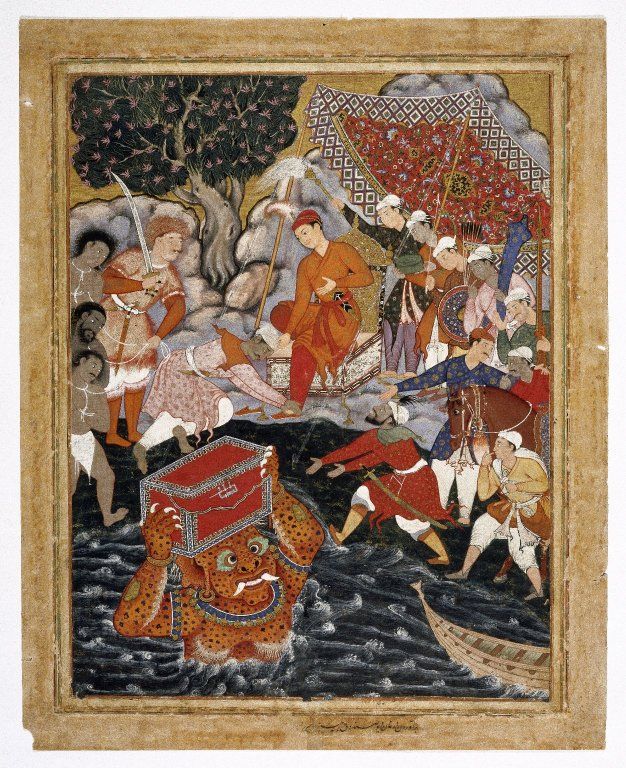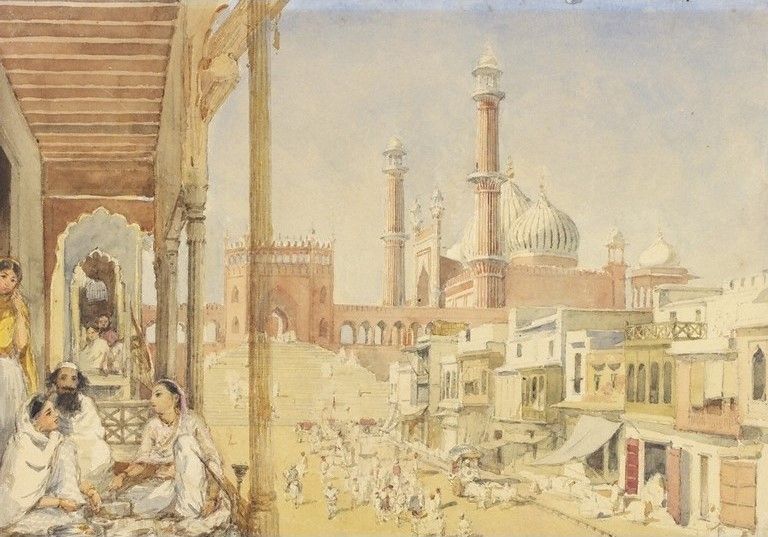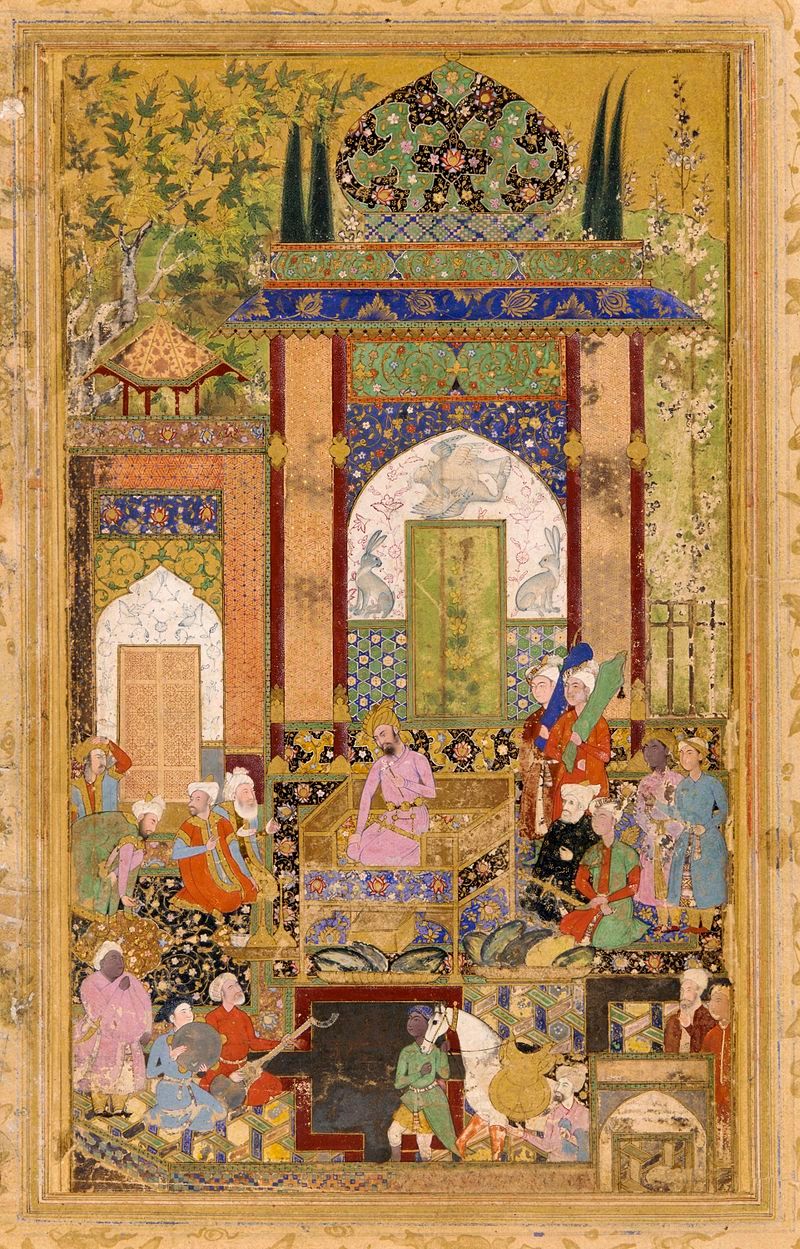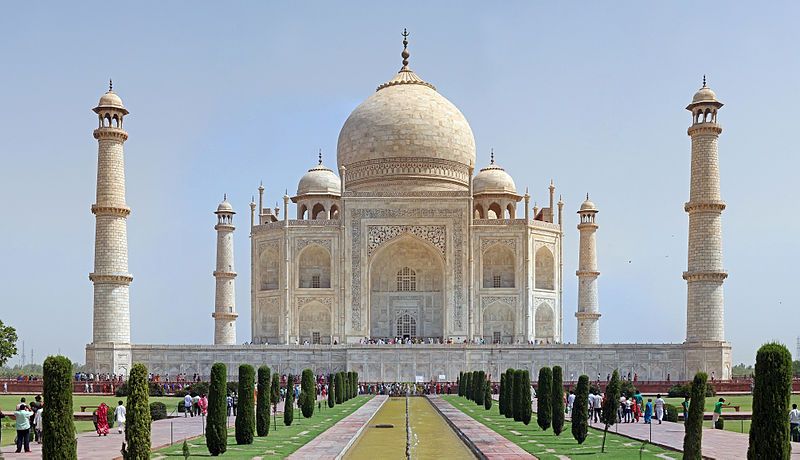The Royal Realm Of Indian Art : Mughal Art
Apr 19, 2019 • 49 views
The mughal painting style has been in India even since the mughals came here. This was because the Turko-Afghan Sultanate of Delhi introduced Mughal Miniature painting to our art form. Mughal paintings later spread to other Indian courts, both Muslim and Hindu, and later Sikh, when the mughal overthrew The Turko-Afghan Sultanate.

The Mughal miniature painting developed as a blending of Persian, with Indian Muslim, Hindu, Jain, and Buddhist influences. This art developed largely in the court of the Mughal Empire of the 16th to 18th centuries.

The Mughal art abandoned the typical viewpoint of persian style painting & adopted a more realistic texture, style & tone Subjects were rich in variety. They include portraits, events and scenes from court life, wildlife, & illustrations of battles.

The Persian tradition of richly decorated borders framing the central image was continued.

Humayun (1530–40 and 1555–56)
When Humayun returned to India from his exile, he brought two accomplished Persian artists Abd al-Samad and Mir Sayyid Ali with him.
Humayan's major known commission was a Khamsa of Nizami with 36 illuminated pages, collection of different artists. He commissioned a large painting of Princes of the House of Timur, now in the British Museum.

Akbar (1556-1605)
Akbar inherited and expanded his father Humayun’s library. Between 1560 and 1566 the Tutinama ("Tales of a Parrot") was illustrated. It is now in the Cleveland Museum of Art. Mughal-derived painting spread to Hindu courts. These texts illustrated the Ramayana and the Mahabharata & individual portraits. Mughal style refined itself during this period.

Jahangir (1605–25)
During his reign Mughal painting developed further, brushwork became finer and the colors lighter. During his reign he came into contact with the English Crown & was sent gifts of oil paintings, hence is was very fascinated by european painting style.
The paintings depicted events of his own life, individual portraits, and studies of birds, flowers & animals. The Jahangirnama, an autobiographical account of Jahangir's reign, has several paintings.

Shah Jahan (1628–59)
During the reign of Shah Jahan, Mughal paintings continued to develop, but court paintings became more rigid and formal.
The illustrations from the "Padshahnama" (chronicle of the King of the world), at Windsor, were painted during his reign, written in Persian on paper that is flecked with gold. Themes including musical parties; lovers, sometimes in intimate positions, on terraces and gardens are numerous in the Mughal paintings of this period.

Architecture was also believed to be an important priority under his rule. One of the greatest works of architecture, the Taj Mahal, was created under Shah Jahan's rule.

